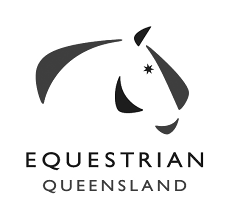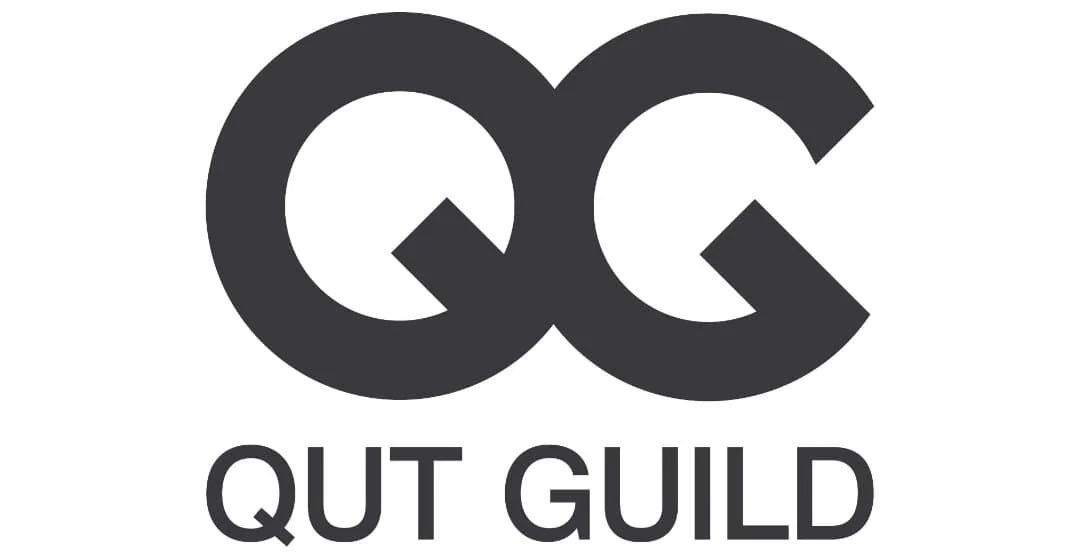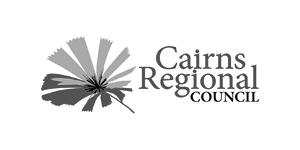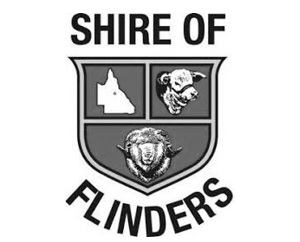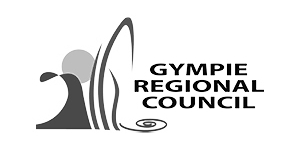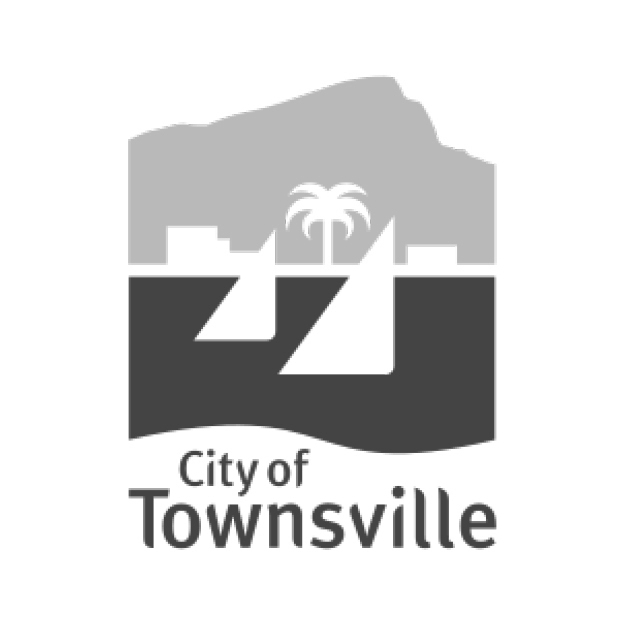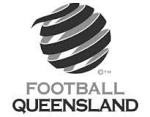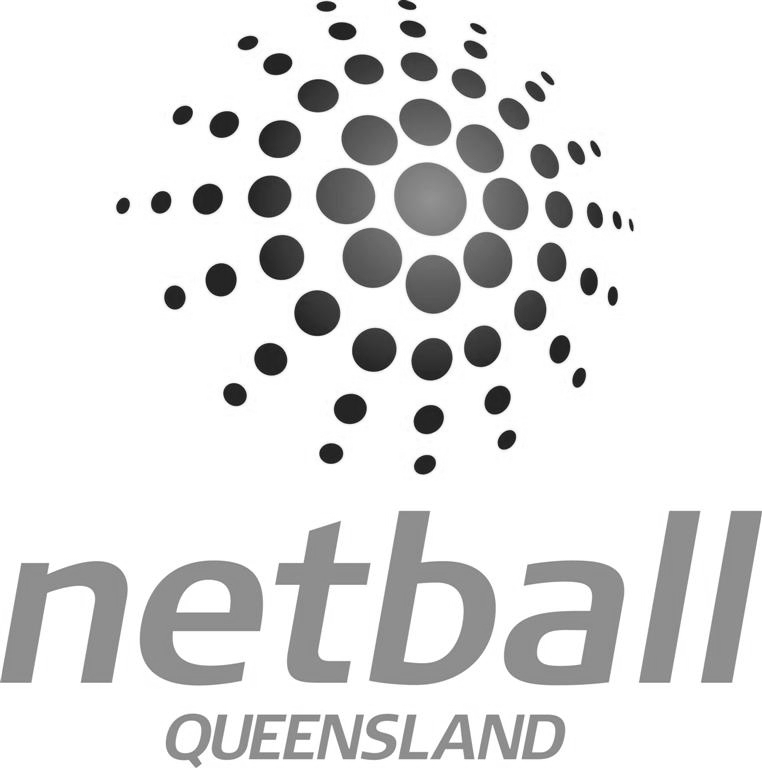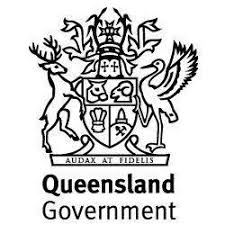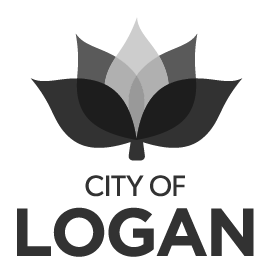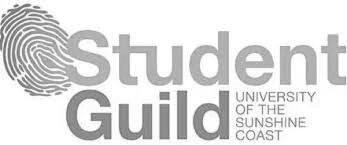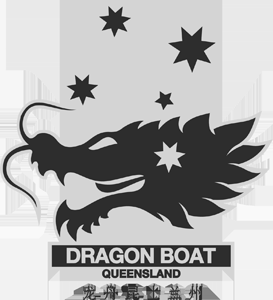Guidance in Governance
No matter your definition of sporting success, whether it’s a bucket load of gold medals, growing participation numbers, or everyone just having a rollicking good time – governance is largely considered a pivotal factor of success.
The importance of good governance hasn’t always been recognised in the sports industry. It came into focus in the late 1990s when significant corporate collapse occurred, spurring a number of inquiries and resulting in the development of standards of corporate governance[1]. In 1999 the Australian Sports Commission (ASC) developed a good practice guide, Governing Sport: The role of the board and CEO. Since then, the ASC, now Sport Australia, has published a number of reports and updates, including the Sports Governance Principles (2012), Mandatory Sports Governance Principles (2013) and Governance Reform in Sport (2016).
Most recently, in the process of updating and redeveloping the principles, Sport Australia has conducted workshops with national sporting organisations (NSOs) and state sporting organisations (SSOs) to:
“evolve the existing governance material from across the sector into nationally-connected principles and resources for sport and recreation organisations of all sizes; from national through to club level.[2]”
The results published from these workshops identified the following as key governance challenges:
There is a lack of understanding of the roles and responsibilities of a director, including the strategic responsibilities of a board
Misconceptions of what governance is, the benefits of good governance and the role government, at all levels, plays in supporting good governance
Difficulty in attracting, developing and maintaining board members in the right roles to support good decision making
Sound familiar? These are the same issues that we at CPR Group have been working on with sporting organisations since 1997. But we have come to realise – that’s okay!
The sporting industry is extremely transitory, particularly at club level. The people moving into governance roles in clubs are the same, year after year. There are three types of people that typically get involved in club committees:
They are mums and dads who ‘rise in the ranks’ of their club
They are officials who take on governance roles because they see a need for change
Or they are people who put their hands up because it seems to them that no one else will
And it is often the case that the governance journey begins in the local club, and these well-meaning volunteers can end up in the boardroom at their state or national association.
These volunteers bring with them the passion and drive necessary to sit on a committee or board, but as they are usually drawn from the short list of people above, they don’t tend to bring with them a wealth of similar experience to apply to their new governance roles.
When you add the high turnover of governance volunteers, particularly at the local and regional level, it becomes not only clear, but expected, that ‘governance newbies’ will not know what is expected of them. They will not have a clear understanding of the roles that individuals, organisations and government are supposed to play, and they won’t know who to turn to for advice, help or resources.
Instead of releasing another report with the same findings and ‘reinventing the governance wheel’, Sport Australia has an opportunity to embrace, and celebrate, the reality of the transitory nature of sports governance around the country.
This celebration can take the form of a coordinated, sustained investment by federal, state and local governments, NSOs, SSOs and the private sector in providing accessible information, resources and answers, pitched at the right level and delivered at the right time.
This doesn’t mean dumping a heavy, exhaustive governance guide on new recruits on day one. Instead, it means trickle-feeding support when it is needed, as they progress in their roles. This is a job that I have found to be extremely rewarding, especially when it bridges the gap between government, industry and the private sector to provide guidance in governance.
When you simply acknowledge that new people in governance positions will always need help, and that this means repeating yourself for the benefit of the newcomers, it becomes obvious that a progressive, trickle-feeding approach to education is not only the most successful, but also the most efficient.
For example, Central Highlands Regional Council commissioned CPR Group to provide an online platform of governance education to sport and community groups in the region. clubCOACH was developed as a relatable learning and resource tool, utilising video and downloadable resources to provide clubs with clear and practical guidance in areas such as:
Community Basics: What you need to know to be on a committee
Incorporation and Constitutions: Taking away the confusion
Meeting Basics: How to start on time, stay on track, and finish on time
People Management: Inspiring your volunteers for their benefit, and that of the club
Financial Basics: Practical financial advice in a club setting
Asset Management: How to properly manage and protect club assets
This approach is effective because it allows for self-paced learning on a pathway that is defined by the user. Volunteers can revisit the bite-sized chunks of information they need when they are looking for answers to real-life scenarios, and it is complemented by a simple, engaging program of face-to-face sessions.
At the present time there is a genuine lack of discussion about the wins in sports governance. As noted in the Griffith Review in 2016, “One tends to hear about sports governance only in the context of its failures. It obscures more general trends of increasing levels of sophistication and professionalism in Australian sports administration.”[3]
So let’s celebrate this professionalism and make it easier to achieve, by focusing on the wins that our ‘mum and dad’ governance leaders achieve while they are here. This will help inspire them to pave the way for the people who will follow… remembering that those new people are likely to be here as soon as the next AGM!
[1] L. Freeburn, ‘National Sporting Organisations and the Good Governance Principles of the Australian Sports Commission’, Australian and New Zealand Sports Law Journal, 2010
[2] Sport Australia, ‘Evolution of Australian Sports Governance Principles: Insights from April and May 2019 Co-Design Workshops’, 2019
[3] G. Haign, ‘Australis’s sporting bodies: big bucks and the same old faces’, Griffith Review, August 2016.




